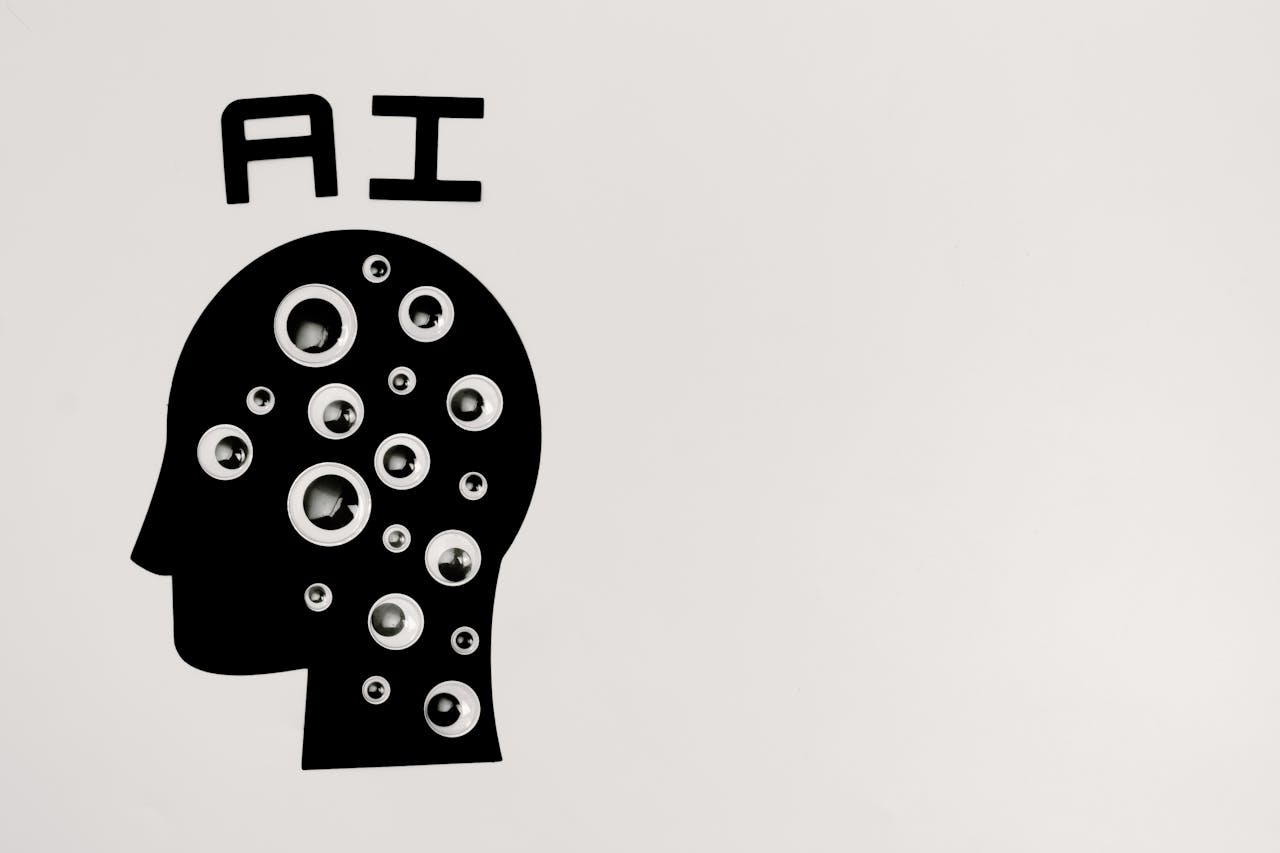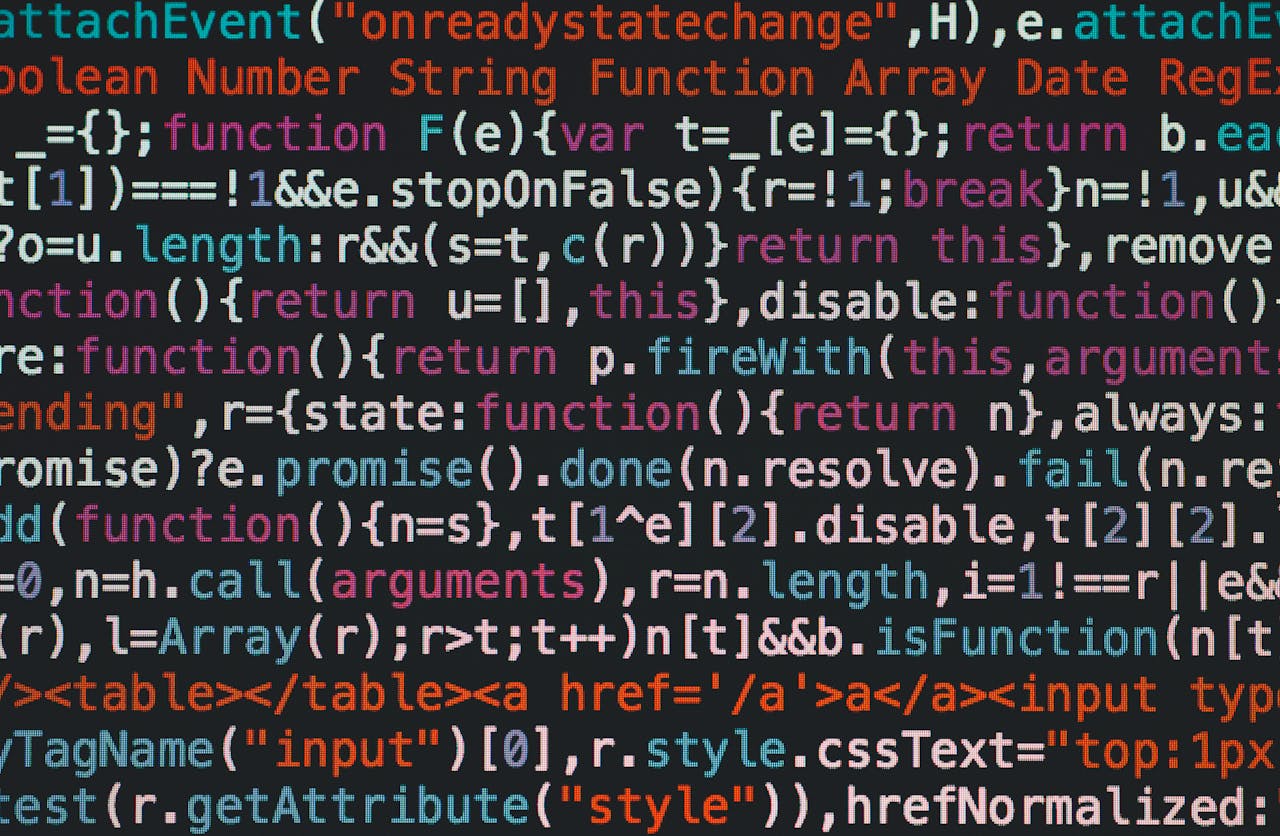In the rapidly evolving world of technology, chatbots have emerged as a significant innovation, changing the way businesses and individuals interact with digital platforms. From customer service solutions to personal assistants, chatbots harness the power of artificial intelligence (AI) to simulate human-like conversations and perform tasks. This article provides a comprehensive introduction to chatbots, exploring their history, functionality, types, and potential future developments.
What are Chatbots?
Chatbots, also known as conversational agents, are software applications designed to mimic human conversation through text or voice interactions. They are programmed to understand questions, provide answers, and execute tasks using natural language processing (NLP) and machine learning. This allows chatbots to learn from data inputs and improve their responses over time, making them more efficient in handling various queries.
History of Chatbots
The concept of chatbots dates back to the 1960s with the creation of ELIZA, a program developed at MIT that could mimic language patterns to engage in a conversation. It was followed by PARRY in 1972, another early chatbot that simulated a person with paranoid schizophrenia. The development of more advanced NLP systems in the 1990s and 2000s led to the creation of smarter chatbots, which could handle more complex interactions.
How Do Chatbots Work?
At the core of a chatbot is its ability to process and understand human language. Here’s how it typically works:
- Input Analysis: When a user inputs text or speech, the chatbot analyzes the data to understand the intent of the message.
- Processing: Using pre-defined algorithms and data models, the chatbot processes the input to formulate an appropriate response.
- Output Generation: The chatbot responds in a human-like manner, aiming to provide information or complete a task based on the user’s request.
Types of Chatbots
Chatbots can be broadly categorized into two types: Introduction to Chatbots…
- Rule-Based Chatbots: These operate under predefined rules and can only handle limited scenarios. They are suitable for tasks requiring straightforward, predictable interactions.
- AI-Powered Chatbots: These utilize machine learning to understand context and intent beyond simple commands. They are more flexible and can handle complex conversations, making them ideal for customer service and personal assistant roles.
Applications of Chatbots
Chatbots are used in a variety of sectors, including:
- Customer Service: Automating responses to common inquiries, reducing the workload on human agents.
- E-commerce: Assisting customers with product searches, recommendations, and purchases.
- Healthcare: Providing initial medical advice and scheduling appointments.
- Education: Offering tutoring and help in learning new materials.
Challenges and Future of Chatbots
While chatbots are highly beneficial, they also face challenges such as understanding diverse languages, regional dialects, and ambiguous queries. However, as AI technology advances, future chatbots are expected to become more adept at handling nuanced interactions and providing personalized experiences.
Wrap Up!
Chatbots represent a significant step towards integrating AI into our daily lives. They not only enhance operational efficiencies but also offer new ways to interact with technology. As they continue to evolve, chatbots are poised to become an even more integral part of the digital landscape, promising exciting developments for industries worldwide.


